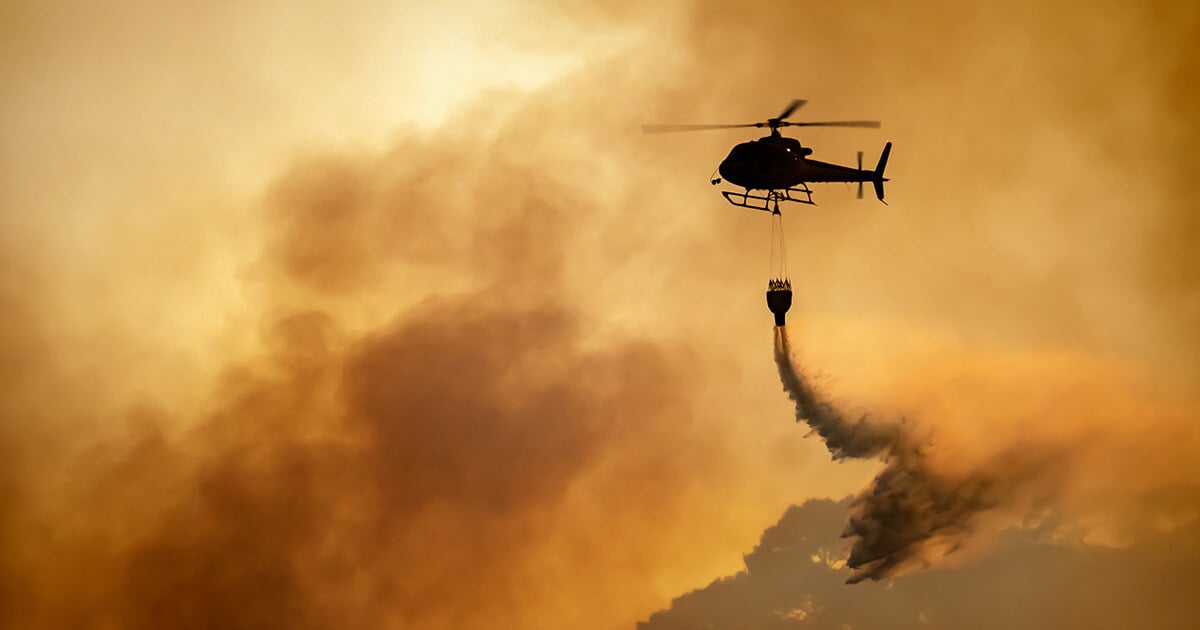19 min read
How Cleaning + Hand Hygiene Protocols Boost Student Attendance + Performance
From Pre-K facilities all the way up to college campuses, the health and cleanliness of school environments have proved to be powerful drivers of...
3 min read
 BradyPLUS Editorial
:
January 15, 2025
BradyPLUS Editorial
:
January 15, 2025

Over the last few years, the trend of increasing wildfire frequency and severity has increased and is expected to continue. Wildfire smoke affects millions of people each year and impacts the operations of organizations large and small. Facility managers must put effective mitigation and remediation strategies in place to protect the health and wellness of building occupants.
The smoke from wildfires can be hazardous to human health, causing the following symptoms, according to the CDC1.












Public health officials may advise people in affected areas to stay inside and to keep doors and windows closed. However, you should be aware that some of the smoke from outdoors can enter your facility2 and make it unhealthy to breathe indoor air, too. For facility managers, it’s important to ensure that the air quality is as clean as possible and keep pollutants to a minimum.
There are several critical steps to reduce exposure to smoke particles and improve indoor air quality at your facility:

Read more about how to mitigate wildfire smoke with effective air quality solutions.






In addition to the steps above, it’s recommended that you keep windows and doors closed as much as possible and run fans to keep particulates out and air circulating.
Is your facility impacted by dust or other air quality issues from the wildfires? Reach out to BradyPLUS ⬇️, and our facility care experts will find the best indoor air quality solutions for your needs.
1. Wildfires and Your Safety - CDC
2. Wildfires and Indoor Air Quality (IAQ) - EPA

19 min read
From Pre-K facilities all the way up to college campuses, the health and cleanliness of school environments have proved to be powerful drivers of...

9 min read
In today’s world, cleaning is no longer just about appearance—it's about protecting human health, improving indoor air quality, and reducing...

12 min read
The outbreaks of the cold, flu, COVID, RSV (Respiratory Syncytial Virus) and Norovirus have made headlines nationwide. This season has seen a peak in...